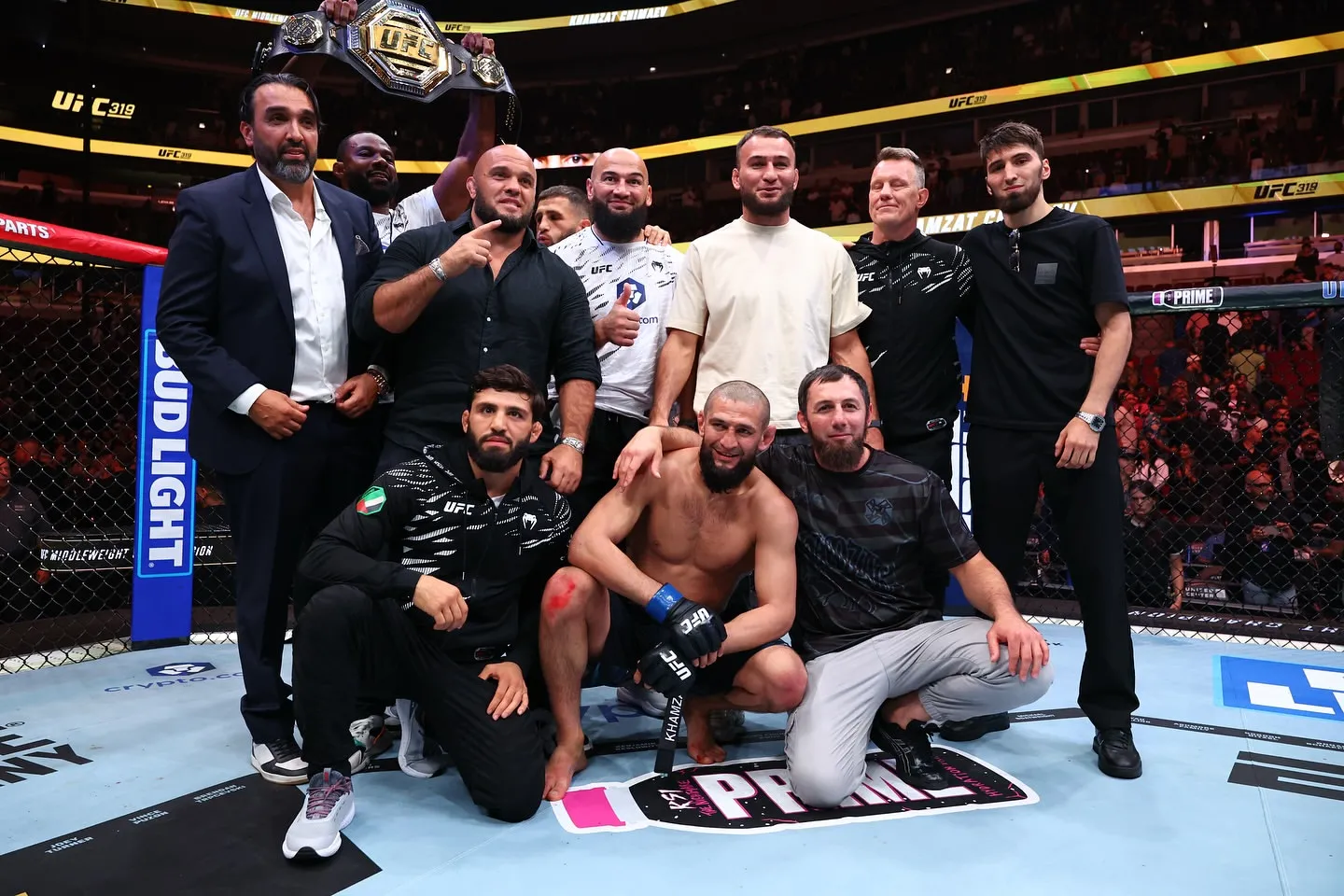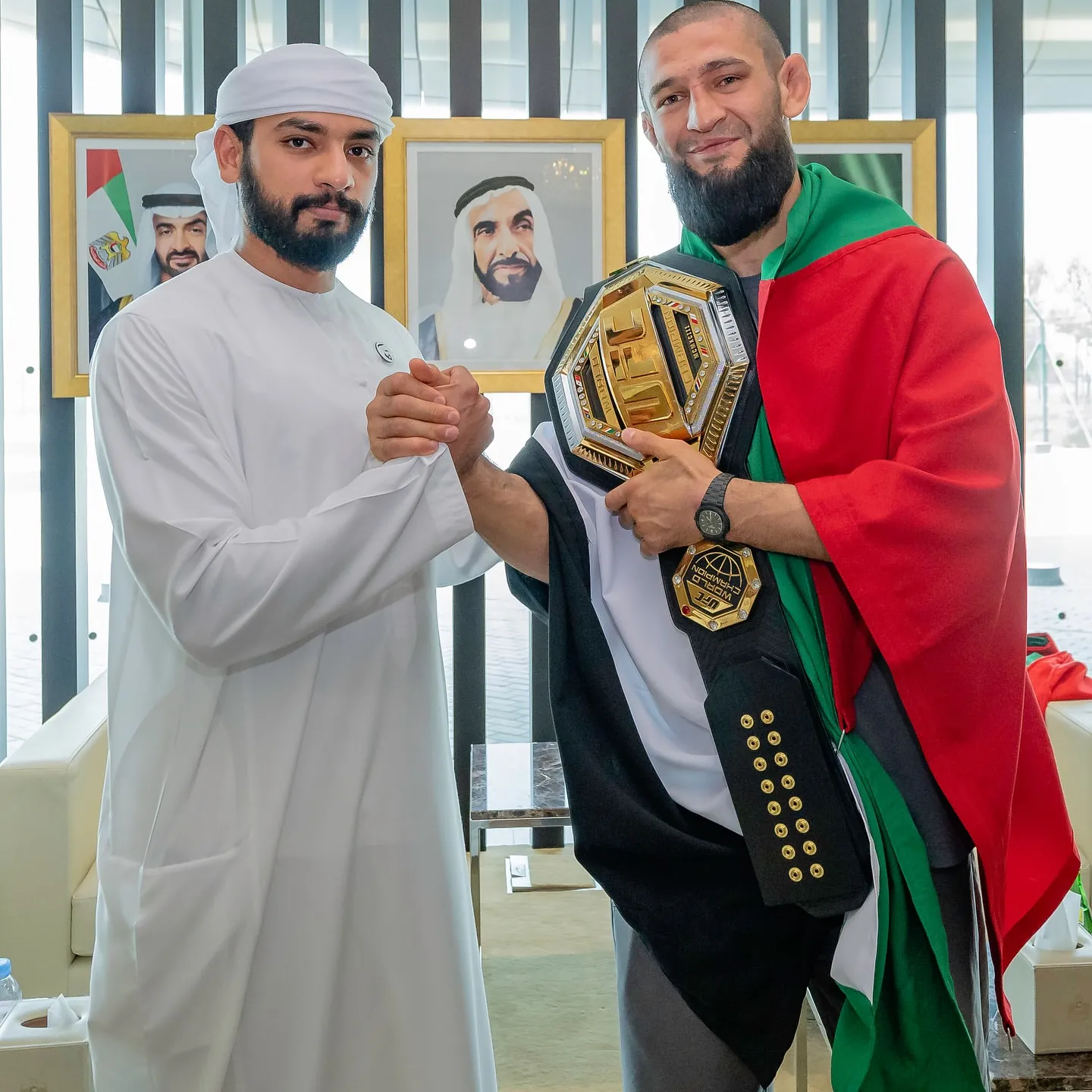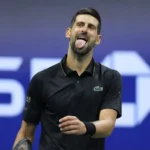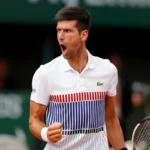

One Fight, Many Lessons: The Skills That Helped Khamzat Chimaev Dominate
When Khamzat Chimaev steps into the Octagon, the air changes. Every movement, every strike, and every calculated takedown feels like more than just a fight—it’s a lesson in modern mixed martial arts. His recent clash with Dricus Du Plessis was not only a battle between two rising stars but also a showcase of the skills, strategies, and mentality that define the future of the UFC. From the precision of his striking to the relentless pressure of his grappling, Chimaev demonstrated why he is not just another fighter, but a symbol of MMA’s evolution. This match revealed more than a winner and a loser—it revealed the blueprint for domination in today’s fight game.
A Fight That Spoke Louder Than Words
Every now and then, the world of mixed martial arts (MMA) produces a fight that becomes more than just a clash of fists, kicks, and takedowns. It becomes a story, a symbol, and a roadmap for the sport’s evolution. The recent showdown between Khamzat Chimaev and Dricus Du Plessis was exactly that. On the surface, it was a battle between two rising stars of the UFC, but beneath the intensity of the cage, it revealed something deeper: the multidimensional skills that set Chimaev apart and explained why he is becoming a phenomenon in modern MMA.
This was not just a fight—it was a textbook demonstration of how technique, adaptability, endurance, and mental toughness can come together in perfect balance. It showed why Chimaev is not merely another contender but a symbol of what the future of MMA demands. In this article, we will dive into the specific skills, strategies, and lessons that emerged from this contest, painting a vivid picture of what it takes to dominate at the highest level of the sport.
The Anatomy of Chimaev’s Fighting Style
To understand why Chimaev dominated Du Plessis, one has to dissect his fighting style—piece by piece. His approach inside the Octagon is not about relying on one specialty but about blending several dimensions into one unstoppable force.
Grappling Foundation: Wrestling as the Backbone

Chimaev’s wrestling is world-class. His control in the clinch, ability to chain takedowns, and suffocating ground pressure stem from years of grappling mastery. Against Du Plessis, whenever Chimaev decided to change levels and shoot, the South African found himself fighting gravity more than his opponent. The way Chimaev transitions seamlessly from a single-leg attempt to a body lock or from a takedown into ground-and-pound reflects the evolution of modern MMA: grappling isn’t just about control, it’s about breaking the opponent’s rhythm.
Striking Evolution: Sharpening the Arsenal
What makes Chimaev especially dangerous is that he is not a one-dimensional wrestler. His striking has grown sharper with every fight. His jab is a weapon, his combinations are fluid, and he disguises takedown attempts behind strikes with surgical precision. Against Du Plessis, he landed key shots that forced his opponent to hesitate. That hesitation was fatal—each time Du Plessis paused, Chimaev took advantage, whether through a strike or a takedown attempt.
Speed and Explosiveness
Speed often separates good fighters from great ones. Chimaev’s explosive movements—whether in striking exchanges or grappling scrambles—show why he is a nightmare to prepare for. Fighters can train to stop takedowns, they can train to exchange punches, but it is almost impossible to replicate Chimaev’s timing. His first step is lightning-quick, and his ability to close distance neutralizes opponents’ reach advantage.
Cardio and Endurance
Another underrated but crucial part of Chimaev’s dominance is his gas tank. While Du Plessis has shown heart and resilience in past fights, Chimaev maintained relentless pressure from the opening bell. This relentless pace doesn’t just wear opponents down physically—it mentally breaks them, knowing that there is no escape, no breather, no safe zone.
The “All-in-One” Strategy
One of the biggest lessons from this fight is the importance of being a complete fighter in today’s UFC. Gone are the days when a fighter could rely solely on Brazilian Jiu-Jitsu, pure striking, or wrestling. The modern MMA landscape demands versatility, and Chimaev embodies this better than most.
A Case Study in Adaptability
When Du Plessis tried to keep the fight standing, Chimaev adjusted by mixing in takedown threats. When Du Plessis attempted to counter grappling with clinch control, Chimaev shifted to striking at mid-range. This ability to change gears mid-fight makes him unpredictable.
Multi-Phase Pressure
Chimaev does not fight in isolated phases. He doesn’t separate striking from grappling or defense from offense. Instead, he blends them into a constant storm. For example: a jab sets up a takedown, the takedown leads to ground-and-pound, and when the opponent scrambles up, Chimaev greets them with strikes. This interconnected cycle ensures there’s never a safe moment.
Psychological Warfare: The Invisible Weapon
One of the most fascinating aspects of Chimaev’s domination is his psychological presence. Long before the cage door closes, he wins part of the battle in his opponent’s mind.
Aura of Fear
Chimaev’s reputation as a ruthless, aggressive, and relentless fighter precedes him. Opponents often enter the Octagon already carrying the burden of expectation—knowing they are facing someone who doesn’t just want to win but to dominate. Against Du Plessis, this aura was evident. Every missed strike, every defended takedown chipped away at Du Plessis’s confidence.
The Intimidation Factor
It’s not just about what Chimaev does but how he does it. The intense stare-downs, the aggressive pace, the constant forward motion—it all creates an environment where his opponents are forced to react instead of act. That reactive mindset is the first step toward defeat.
Mental Composure
While Chimaev projects raw aggression, he maintains an inner calm. This balance between outward ferocity and inner composure is rare. It allows him to stay sharp under pressure and make calculated decisions while overwhelming his opponents.
Lessons for Fighters: What Chimaev Teaches the MMA World
Every fight tells a story, but great fights leave behind lessons for fighters, coaches, and fans alike. Chimaev’s performance against Du Plessis highlighted several key takeaways.
Versatility is No Longer Optional
To compete at the highest level, a fighter must be skilled in every area. Grappling, striking, cardio, and mental strength are not separate tools—they are parts of a unified arsenal.
Pressure Creates Opportunity
Chimaev’s relentless forward motion forced Du Plessis into making mistakes. Fighters must understand that pressure is not just about aggression; it’s about creating windows for success.
Mental Strength is as Important as Physical Strength
Fighting is as much a mental battle as it is physical. Chimaev’s calm under fire and ability to impose his will show that confidence and mental resilience are critical.
The Broader Picture: What This Means for the Future of MMA
Chimaev’s victory over Du Plessis is more than just another entry in his undefeated streak. It represents a shift in what fans, promoters, and fellow fighters can expect from MMA in the years to come.
The Evolution of the “Complete Fighter”
Future champions will not be specialists—they will be generalists who can excel across all areas. Chimaev is the prototype of this evolution.
Entertainment Value and Global Appeal
Chimaev is not just technically skilled; he is entertaining. Fans don’t just watch him fight—they watch him impose chaos. This entertainment factor is crucial for the UFC’s global expansion, as fighters who can both dominate and excite the crowd will always rise to the top.
Raising the Bar
Each time fighters like Chimaev step into the cage, they raise the bar for everyone else. His dominance forces other fighters to adapt, evolve, and elevate their own skill sets.
Storytelling Within the Fight: How the Battle Unfolded

To truly appreciate the lessons from this fight, one must relive its story. From the opening exchange, Du Plessis looked determined, circling, and throwing probing strikes. But within minutes, the tide shifted. Chimaev’s relentless pace pushed Du Plessis against the cage. A well-timed jab opened the door for a double-leg takedown. The crowd erupted as Chimaev rained down strikes.
Du Plessis, to his credit, scrambled back to his feet. For a moment, fans wondered if he could mount a comeback. But Chimaev’s adaptability was too much. He switched to mid-range striking, landing clean combinations. Each time Du Plessis tried to reset, Chimaev was already a step ahead.
By the later rounds, the exhaustion was visible. Du Plessis swung wide, desperate for a game-changing punch, but his shots were labored. Chimaev, meanwhile, looked fresh, his cardio unshaken. A final takedown sealed the outcome, leaving no doubt who the superior fighter was.
This wasn’t just a victory—it was a statement.
One Fight, Many Lessons
The clash between Khamzat Chimaev and Dricus Du Plessis was more than an MMA bout. It was a showcase of what it means to be a modern fighter. Chimaev demonstrated the importance of versatility, adaptability, pressure, and mental strength. He reminded fans and fighters alike that in today’s UFC, dominance requires more than power—it requires mastery of every facet of combat.
As MMA continues to evolve, Chimaev stands as both a product of that evolution and a force driving it forward. His victory teaches lessons not only for his opponents but for the entire sport: the future belongs to fighters who can do it all, and do it relentlessly.
In the end, this fight will be remembered not only for the victory but for the message it sent. One fight. Many lessons. And a reminder that the age of the complete fighter is here.


















